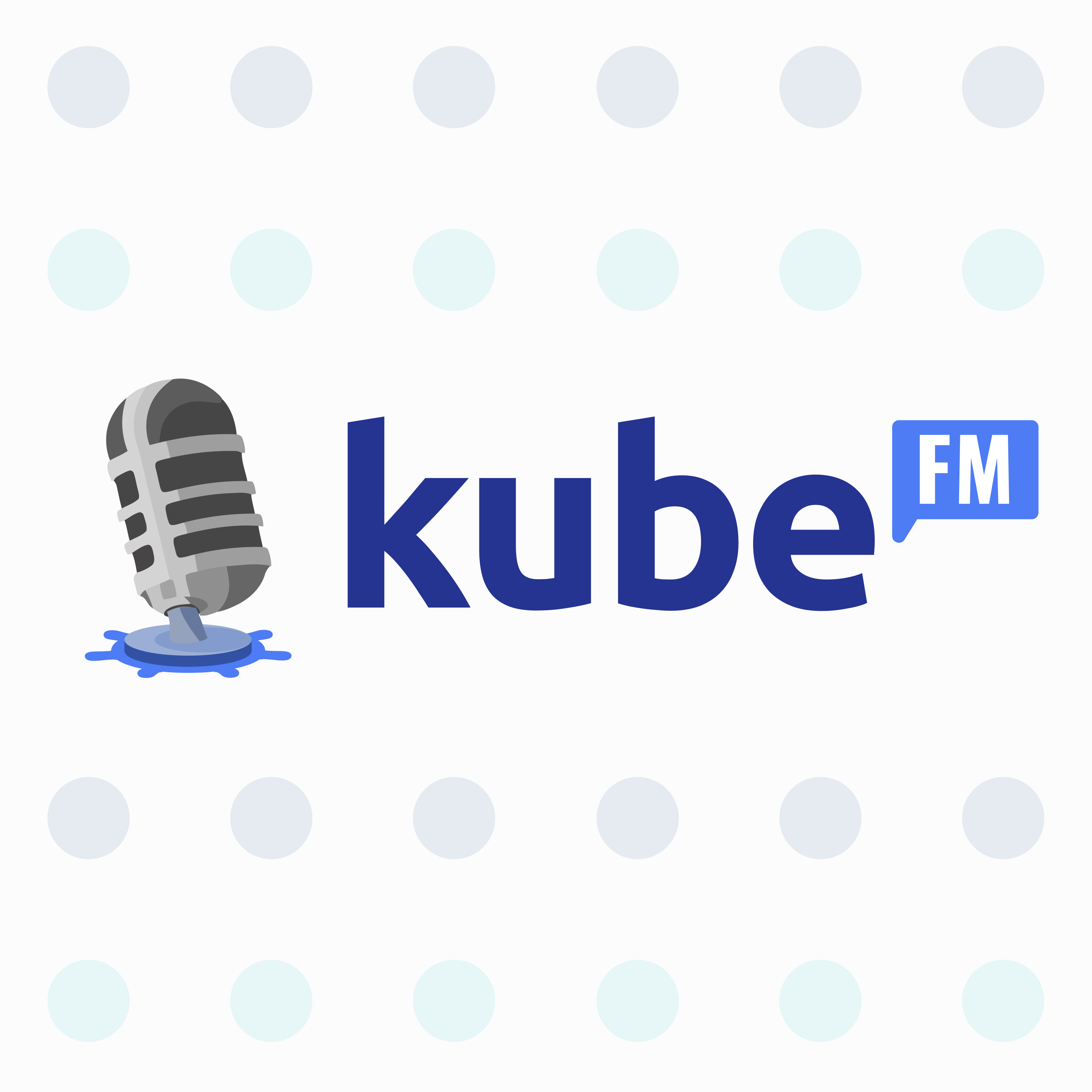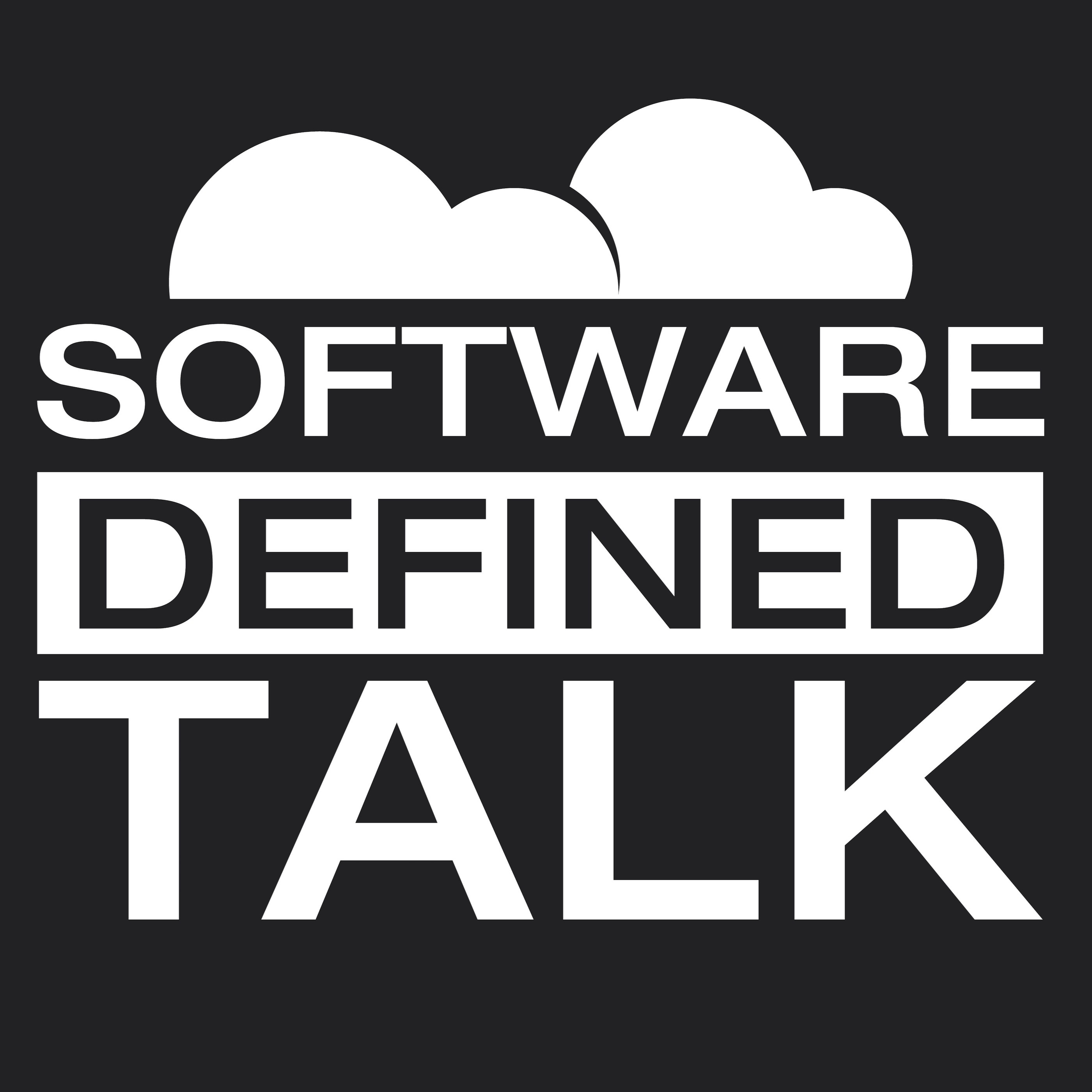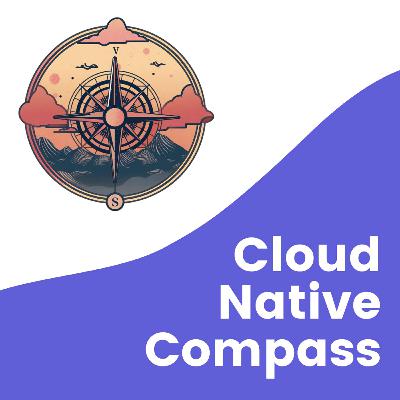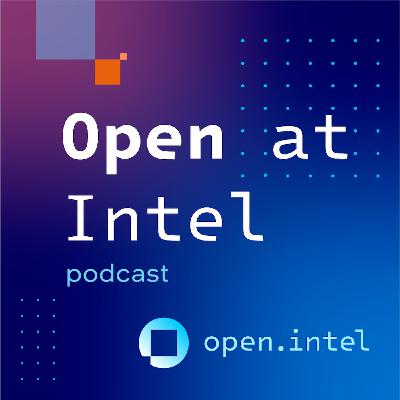Oracle University Podcast: Container Engine for Kubernetes: Security Practices
Description
Welcome to the Oracle University Podcast, the first stop on your cloud journey. During this series of informative podcasts, we’ll bring you foundational training on the most popular Oracle technologies. Let’s get started!
Nikita: Welcome to the Oracle University Podcast! I’m Nikita Abraham, Principal Technical Editor with Oracle University, and with me is Lois Houston, Director of Innovation Programs.
Lois: Hi there! In our last episode, we spoke about self-managed nodes and how you can manage Kubernetes deployments.
Nikita: Today is the final episode of this series on OCI Container Engine for Kubernetes. We’re going to look at the security side of things and discuss how you can implement vital security practices for your OKE clusters on OCI, and safeguard your infrastructure and data.
Lois: That’s right, Niki! We can’t overstate the importance of Kubernetes security, especially in today's digital landscape, where the integrity of your data and applications is paramount. With us today is senior OCI instructor, Mahendra Mehra, who will take us through Kubernetes security and compliance practices. Hi Mahendra! It’s great to have you here. I want to jump right in and ask you, how can users add a service account authentication token to a kubeconfig file?
Mahendra: When you set up the kubeconfig file for a cluster, by default, it contains an Oracle Cloud Infrastructure CLI command to generate a short-lived, cluster-scoped, user-specific authentication token.
The authentication token generated by the CLI command is appropriate to authenticate individual users accessing the cluster using kubectl and the Kubernetes Dashboard. However, the generated authentication token is not appropriate to authenticate processes and tools accessing the cluster, such as continuous integration and continuous delivery tools.
To ensure access to the cluster, such tools require long-lived non-user-specific authentication tokens. One solution is to use a Kubernetes service account. Having created a service account, you bind it to a cluster role binding that has cluster administration permissions.
You can create an authentication token for this service account, which is stored as a Kubernetes secret. You can then add the service account as a user definition in the kubeconfig file itself. Other tools can then use this service account authentication token when accessing the cluster.
Nikita: So, as I understand it, adding a service account authentication token to a kubeconfig file enhances security and enables automated tools to interact seamlessly with your Kubernetes cluster. So, let’s talk about the permissions users need to access clusters they have created using Container Engine for Kubernetes.
Mahendra: For most operations on Container Engine for Kubernetes clusters, IAM leverages the concept of groups. A user's permissions are determined by the IAM groups they belong to, including dynamic groups. The access rights for these groups are defined by policies.
IAM provides granular control over various cluster operations, such as the ability to create or delete clusters, add, remove, or modify node pool, and dictate the Kubernetes object create, delete, view operations a user can perform. All these controls are specified at the group and policy levels.
In addition to IAM, the Kubernetes role-based access control authorizer can enforce additional fine-grained access control for users on specific clusters via Kubernetes RBAC roles and ClusterRoles.
Nikita: What are Kubernetes RBAC roles and ClusterRoles, Mahendra?
Mahendra: Roles here defines permissions for resources within a specific namespace and ClusterRole is a global object that will provide access to global objects as well as non-resource URLs, such as API version and health endpoints on the API server.
Kubernetes RBAC also includes RoleBindings and ClusterRoleBindings. RoleBinding grants permission to subjects, which can be a user, service, or group interacting with the Kubernetes API. It specified an allowed operation for a given subject in the cluster.
RoleBinding is always created in a specific namespace. When associated with a role, it provides users permission specified within that role related to the objects within that namespace. When associated with a ClusterRole, it provides access to namespaced objects only defined within that cluster rule and related to the roles namespace.
ClusterRoleBinding, on the other hand, is a global object. It associates cluster roles with users, groups, and service accounts. But it cannot be associated with a namespaced role. ClusterRoleBinding is used to provide access to global objects, non-namespaced objects, or to namespaced objects in all namespaces.
Lois: Mahendra, what’s IAM’s role in this? How do IAM and Kubernetes RBAC work together?
Mahendra: IAM provides broader permissions, while Kubernetes RBAC offers fine-grained control. Users authorized either by IAM or Kubernetes RBAC can perform Kubernetes operations.
When a user attempts to perform any operation on a cluster, except for create role and create cluster role operations, IAM first determines whether a group or dynamic group to which the user belongs has the appropriate and sufficient permissions. If so, the operation succeeds. If the attempted operation also requires additional permissions granted via a Kubernetes RBAC role or cluster role, the Kubernetes RBAC authorizer then determines whether the user or group has been granted the appropriate Kubernetes role or Kubernetes ClusterRoles.
Lois: OK. What kind of permissions do users need to define custom Kubernetes RBAC rules and ClusterRoles?
Mahendra: It's common to define custom Kubernetes RBAC rules and ClusterRoles for precise control. To create these, a user must have existing roles or ClusterRoles with equal or higher privileges. By default, users don't have any RBAC roles assigned. But there are default roles like cluster admin or super user privileges.
Nikita: I want to ask you about securing and handling sensitive information within Kubernetes clusters, and ensuring a robust security posture. What can you tell us about this?
Mahendra: When creating Kubernetes clusters using OCI Container Engine for Kubernetes, there are two fundamental approaches to store application secrets. We can opt for storing and managing secrets in an external secrets store accessed seamlessly through the Kubernetes Secrets Store CSI driver. Alternatively, we have the option of storing Kubernetes secret objects directly in etcd.
Lois: OK, let’s tackle them one by one. What can you tell us about the first method, storing secrets in an external secret store?
Mahendra: This integration allows Kubernetes clusters to mount multiple secrets, keys, and certificates into pods as volumes. The Kubernetes Secrets Store CSI driver facilitates seamless integration between our Kubernetes clusters and external secret stores.
With the Secrets Store CSI driver, our Kubernetes clusters can mount and manage multiple secrets, keys, and certificates from external sources. These are accessible as volumes, making it easy to incorporate them into our application containers.
OCI Vault is a notable external secrets store. And Oracle provides the Oracle Secrets Store CSI driver provider to enable Kubernetes clusters to seamlessly access secrets stored in Vault.
Nikita: And what about the second method? How can we store secrets as Kubernetes secret objects in etcd?
Mahendra: In this approach, we store and manage our application secrets using Kubernetes secret objects. These objects are directly managed within etcd, the distributed key value store used for Kubernetes cluster coordination and state management.
In OKE, etcd reads and writes data to and from block storage volumes in OCI block volume service. By default, OCI ensures security of our secrets and etcd data by encrypting it at rest. Oracle handles this encryption automatically, providing a secure environment for our secrets.
Oracle takes responsibility for managing the master encryption key for


![On Azure Grave [ONAG]: On Azure Grave - Actualités Azure - 2025 Semaine 03 On Azure Grave [ONAG]: On Azure Grave - Actualités Azure - 2025 Semaine 03](https://s3.castbox.fm/e8/5e/10/b38ea6d801ed66b1cd3c72d0892238d4cb_scaled_v1_400.jpg)






















